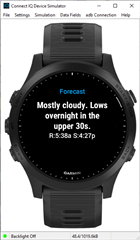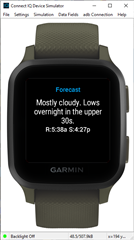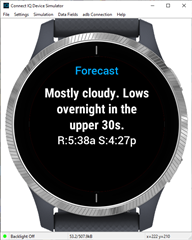I'm imagining a better TextArea drawable implementation that 1) handles (semi-)rounded screens without clipping, 2) works for older SDK versions and devices. Does such a component exist in some monkey barrel somewhere? If not, would anyone agree it would be beneficial to build and share?






